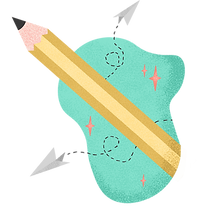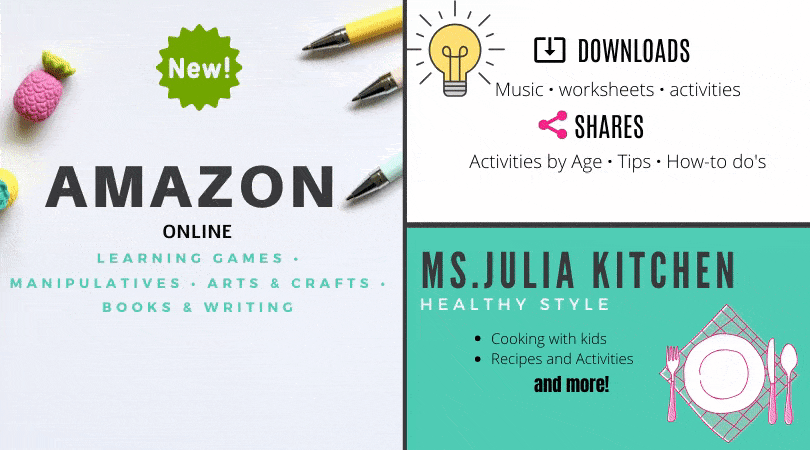Past Activities
Here you will find all our past activities and resources. It offers past information that is resourceful and that can make the learning process that little bit easier. You will be able to keep sharing with your child all these activities that they enjoyed!
Toddler - Gardens: From Caterpillar to Butterfly - May 18th - May 22th
Children will discover the life cycle of a butterfly.
Spanish Conversation
Que hace la oruga? La oruga ________ (sube, etc.)
What does the caterpillar do? The caterpillar ________ (climbs, etc.)
Que hace la mariposa? La mariposa _____.
What does the butterfly do? The butterfly________.
Vocabulary:
jardín (garden)
rouge (catepillar)
mariposa (butterfly)
huevo (egg)
- Introduce letter O.
Math
- Color: Orange. Observe the color of a monarch butterfly. Fold a cut out of a butterfly in half. Place red paint on one side and yellow on the other. Then, fold and press down mixing the 2 colors to make orange.
- Create a simple 2 piece butterfly puzzle. Help identify the two wings that are the same.
- Diagram the life cycle of the butterfly. On a paper plate, divide into four sections, place one leaf in each section. Paste rice in the 1st to represent eggs. Glue rotini pasta in the 2nd to represent the caterpillar. In the 3rd section, glue shell pasta to symbolize the chrysalis. Finally, a bowtie pasta to represent the butterfly.
Science, Sensory, Art
- Explain the life cycle of a butterfly using pictures.
- Create a butterfly using celery stick for the body, cream cheese on the celery, and attach 2 pretzel knots for the weeks. 2 raisins for the eyes, & 2 pretzel sticks for the antennae.
Fine / Gross Motor
- Use thumb dipped into orange to decorate the wings of a butterfly.
-Create a thumbprint caterpillars.
-Folding: paper, blankets, clothes, scarves.
- Folding paper to create butterflies.
- Peel a small piece of a mandarin or cutie orange peel, allow your child to peel the remaining, assisting when needed.
-Create clothespin and paper butterflies.
Songs
Check out our Downloads & Music page for fun songs & videos for the Gardens including
"Things to Grow"!
Ven Mariposa
ABC Butterfly
A B C D E - I found a butterfly on me!
F G H I J - She started out in a very small way.
K L M N O - An egg smaller than my toe!
P Q R S T - Next to a caterpillar she will be.
U V W X Y - In a chrysalis is where she’d lie.



May 11th - May 15th
Things that Crawl, Jump & Fly

April 14th - April 18th
What Do You See?

April 20th - April 24th
Smell & Taste

April 27th - May 1st
The Senses: Touch

May 4th - May 8th
Gardens: Things that Grow





